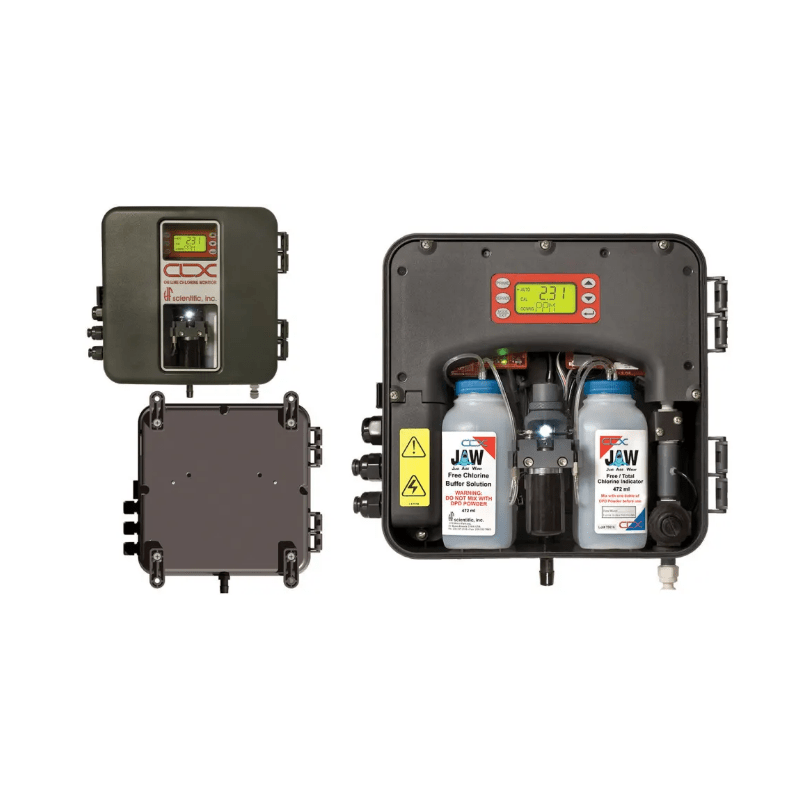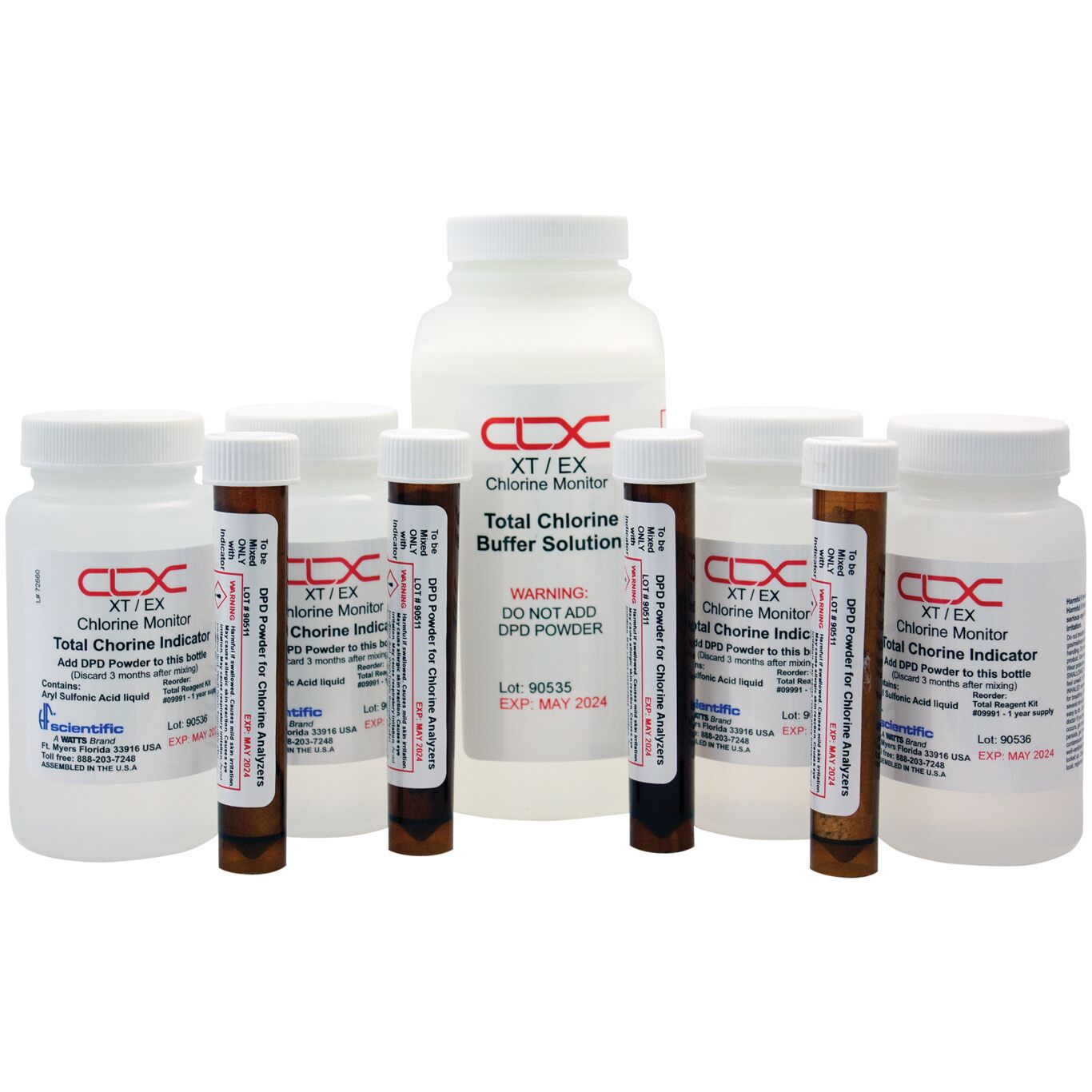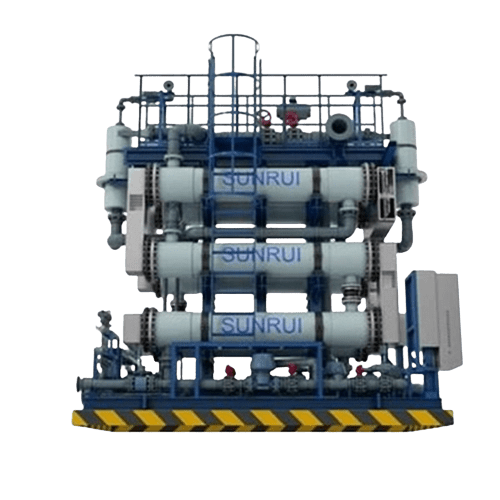What is TRO?
- The cooling feature increases the lifespan of the reagent to three months, depending on how often samples are taken and the monthly usage of the Ballast Water Management System (BWMS).
- Designed to perform well in high-temperature marine settings, it can operate in ambient temperatures up to 55°C (131°F).
- It offers low operating costs.
- There is an optional high range available, with a capability of measuring up to 15 mg/L, maintaining an accuracy of ± 10%.

TRO Discharge Limit
The discharge limit for TRO is crucial for protecting marine life. According to the International Maritime Organization (IMO), the acceptable limit is less than 0.1 mg/L of chlorine as Cl2. This ensures that the treatment effectively eliminates harmful organisms while minimizing the impact on the marine environment. BWTS manufacturers and ship owners must ensure their systems meet these standards before releasing ballast water into the sea.
Importance of the TRO Sensor
The TRO sensor plays a key role in assessing the treatment's effectiveness. Ships take on ballast water for stability, but this water can harbor harmful aquatic organisms. To prevent their spread, ships must treat ballast water before discharging it. The TRO level indicates how successful this treatment has been. If the TRO levels are outside acceptable ranges, it could mean that harmful organisms remain in the water or that chlorine levels are too high.
What is TRO Calibration?
TRO calibration is the process of ensuring that the TRO sensor provides accurate readings. This involves comparing the sensor’s measurements with a known standard solution. Calibration is essential for maintaining the BWTS and confirming that it meets the required treatment standards. Regular calibration should be done according to the manufacturer's recommendations and recorded as part of the ballast water management plan.
Arranging TRO Calibration Services
Proper TRO calibration is vital for accurate treatment results. It should be performed by trained professionals using the right tools. Keeper Limited offers reliable TRO and system calibration services for many leading brands, ensuring your BWTS meets both IMO and Vessel General Permit (VGP) regulations.

How to use the total residual oxidant (TRO)?

An introduction to BWTS
How can we help you?
Contact us at office nearest to you or submit a business inquiry online.
